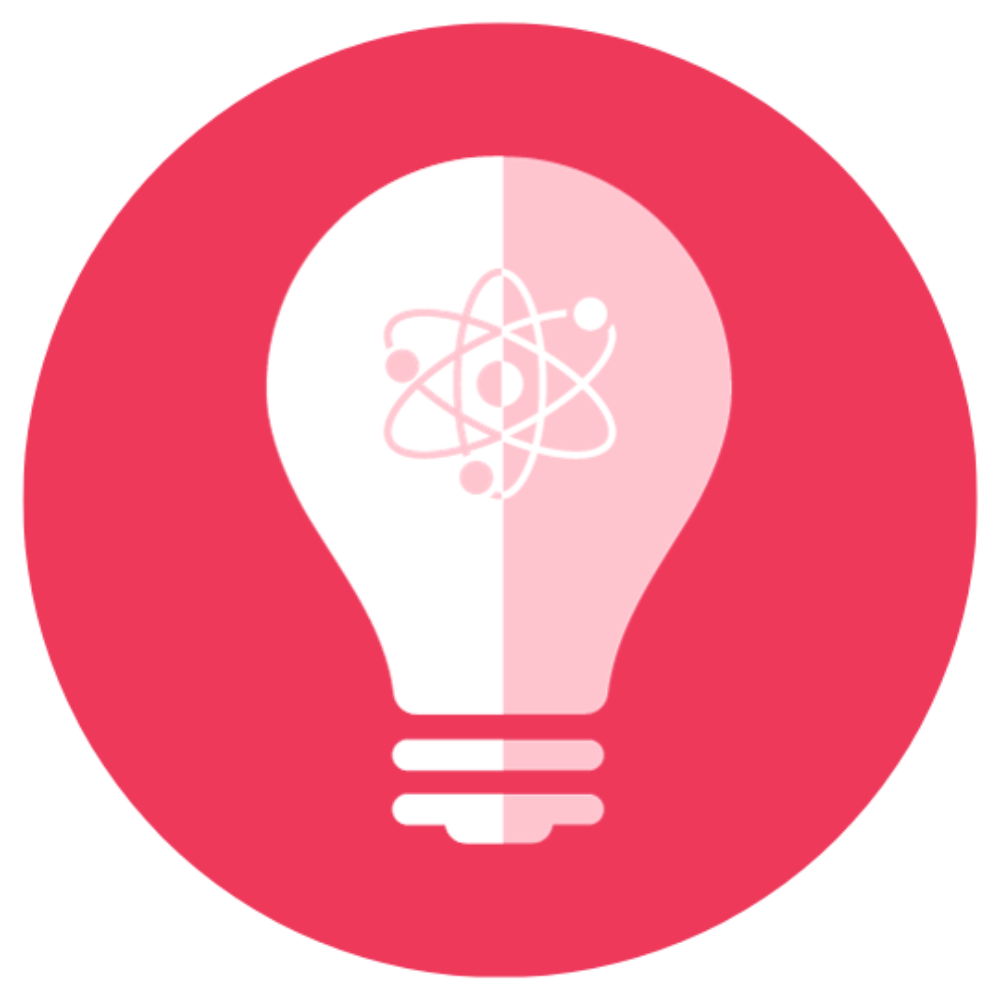FROM LAB TO LIVE NETWORK Research & Patents
A selection of Aliro’s publications

A selection of Aliro’s publications
At Aliro, research insights become real-world secure networking infrastructure.
Our team of scientists, engineers, and innovators is advancing the field of quantum networking through collaborative research in quantum entanglement, secure communications, and distributed quantum computing. We publish regularly in journals and conferences, contribute to industry standards, file patents, and collaborate with academic, government, and commercial partners to shape the future of quantum-powered security. From fundamental breakthroughs in entangled photon generation to operational frameworks for secure quantum networks, Aliro’s supports the underlying science of quantum communications and implementation of entanglement-based quantum networks.
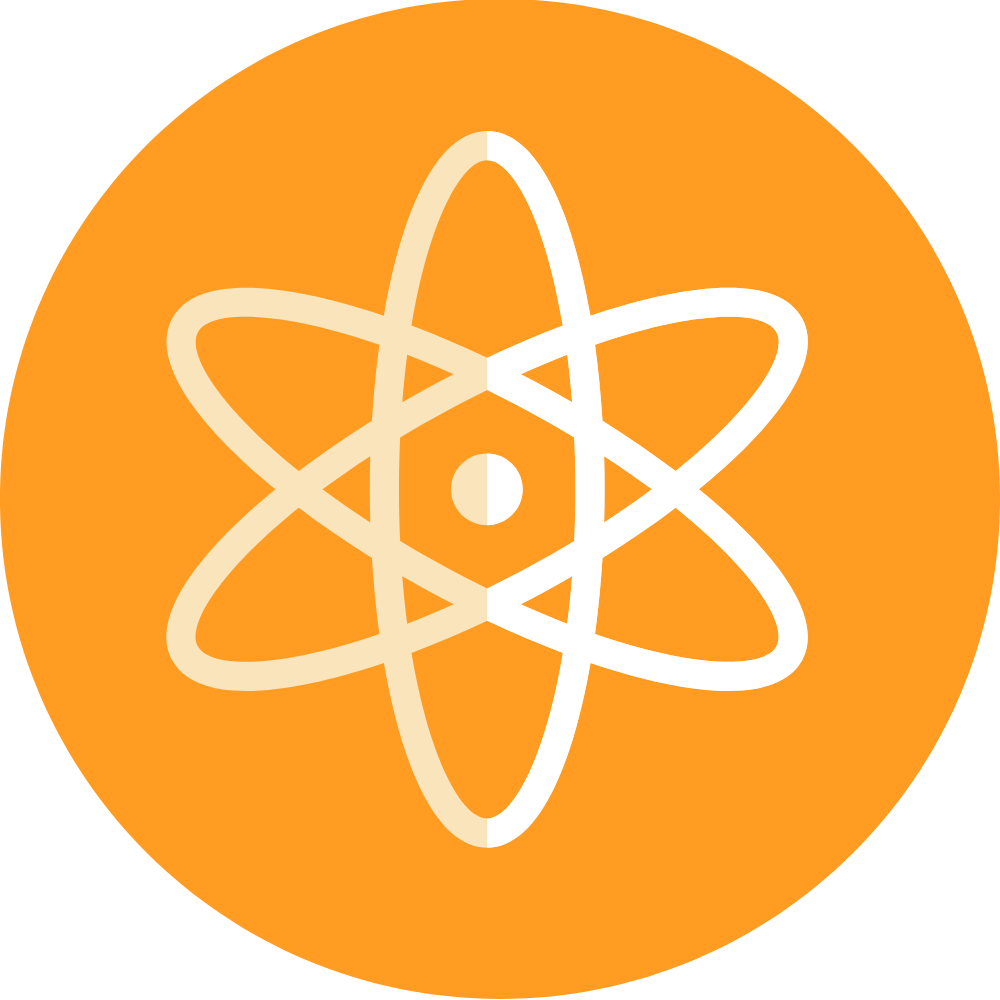
2025
2024
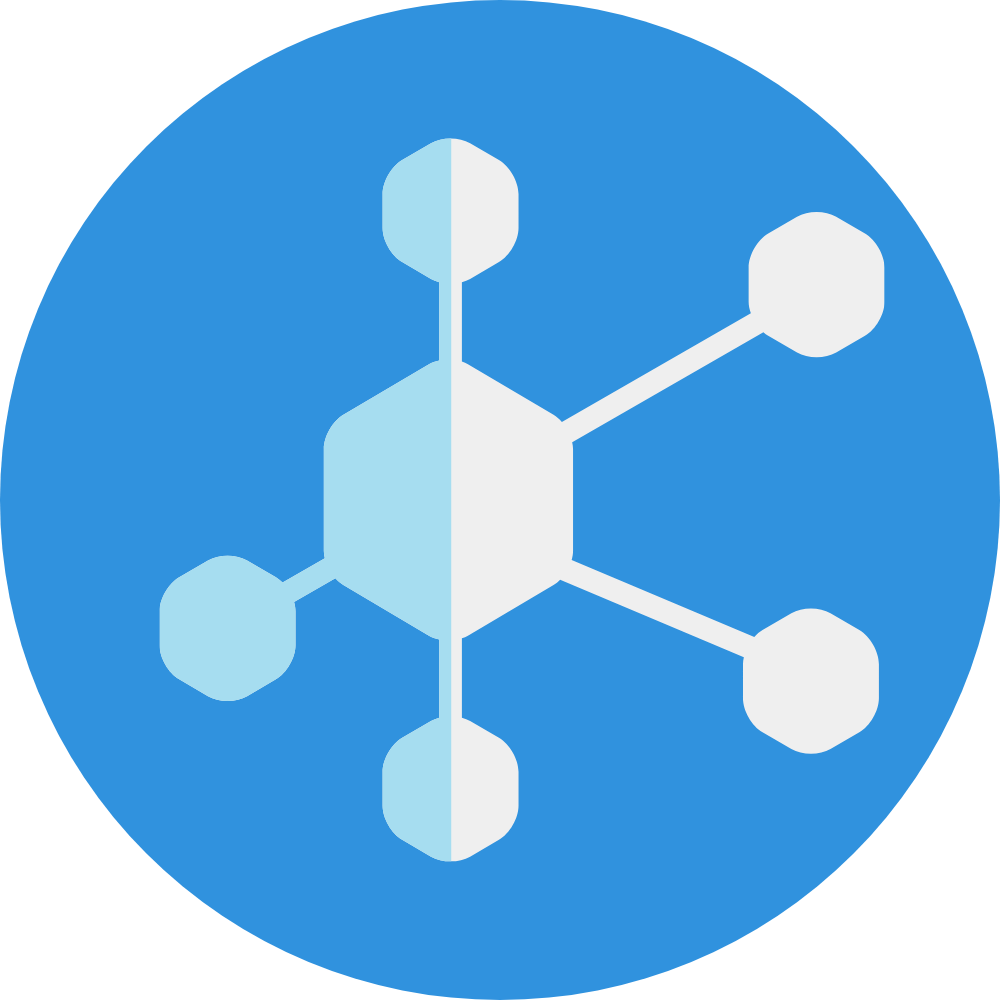
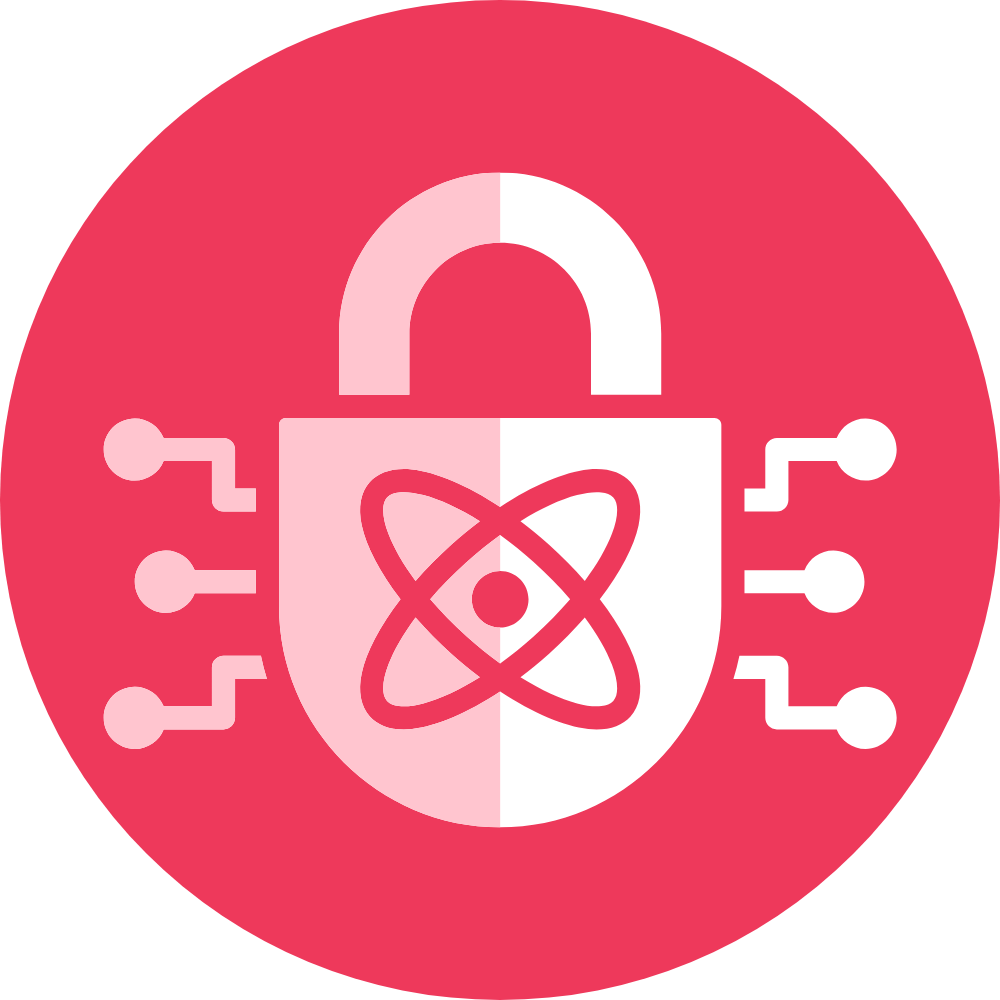
2023
2022
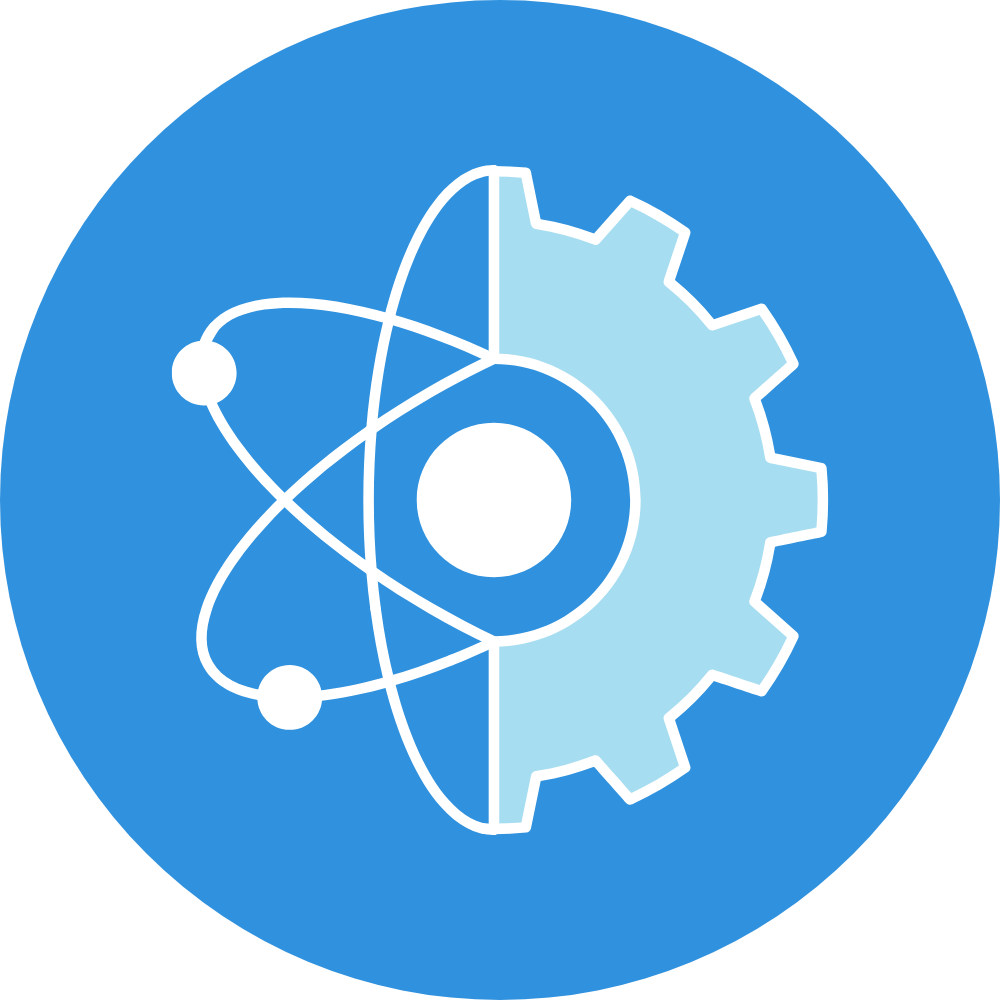
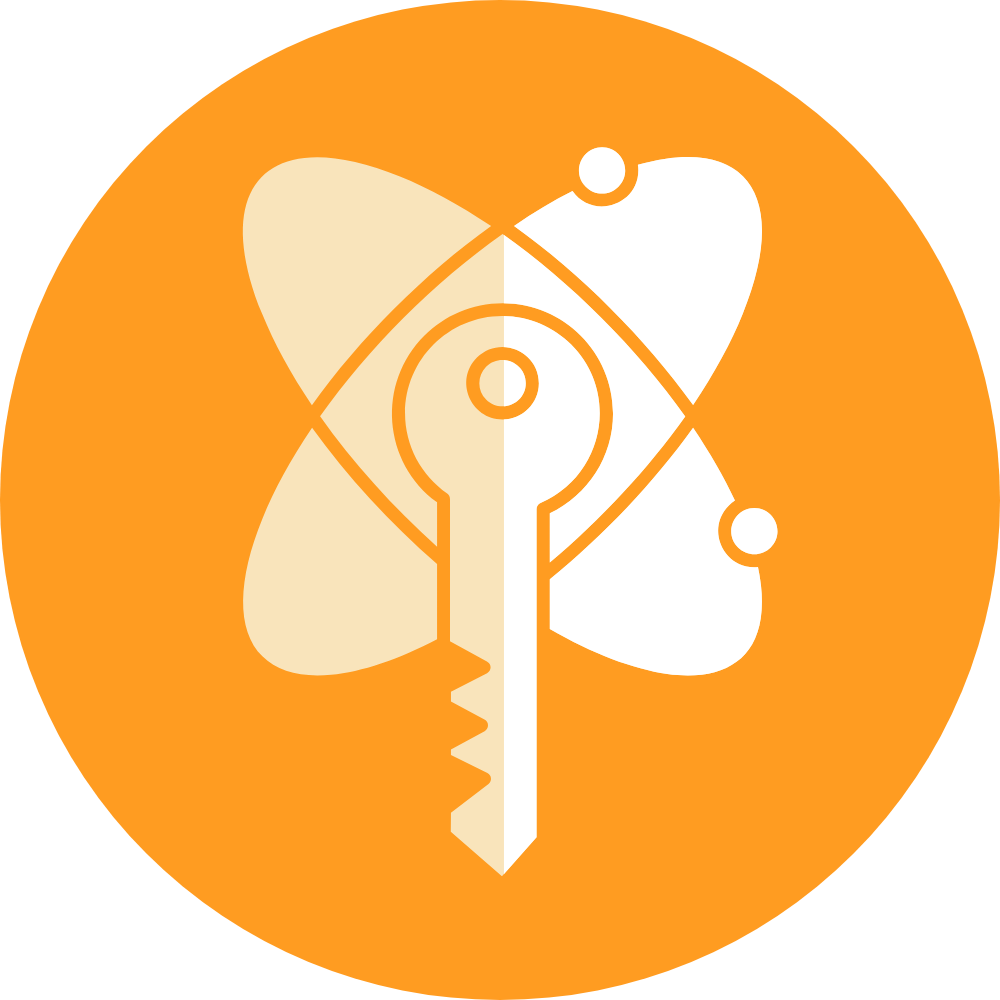
2021
